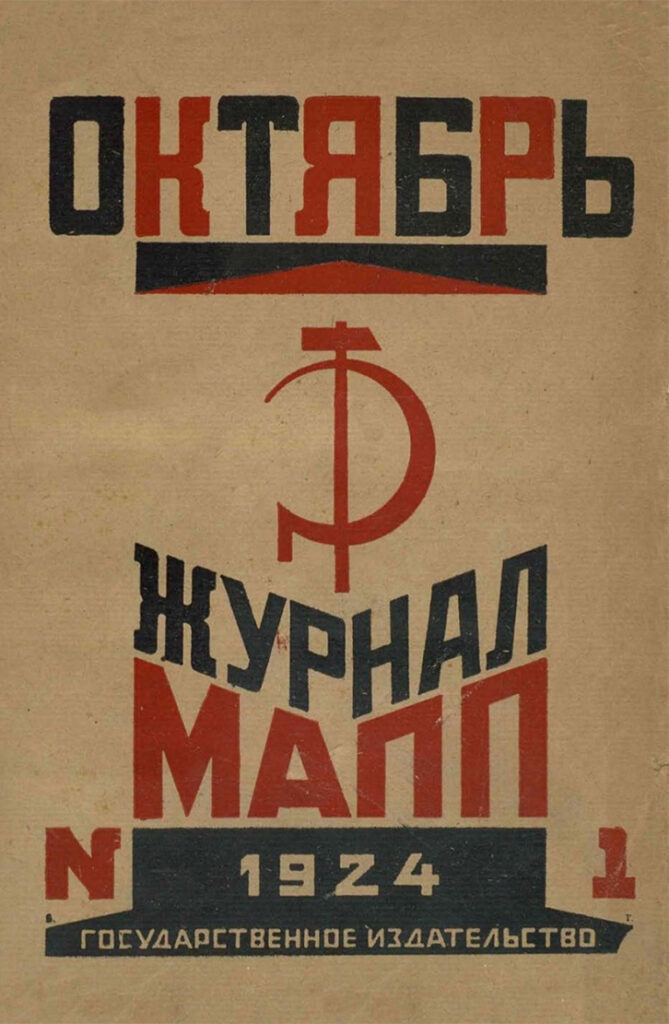Oktiabr' Digital Archive
Key publication chronicling nearly a century of Russian literature
The Oktiabr’ (Октябрь, October) Digital Archive represents a groundbreaking digital collection that brings the complete run of one of Russia’s most influential “tolstye zhurnaly” (thick journals) to researchers and scholars worldwide. This meticulously digitized archive spans from the journal’s inception in 1924 to its final issue in 2018, encompassing nearly a century of Russian literary and cultural development.
This comprehensive digital collection preserves the legacy of Oktiabr’, which served as a crucial platform for both established and emerging voices in Russian literature. Throughout its history, the journal published works by literary giants such as Sergei Yesenin, Vladimir Mayakovsky, Mikhail Zoshchenko, and Andrei Platonov, alongside international authors including Lion Feuchtwanger, Romain Rolland, and Theodore Dreiser. The archive captures the journal’s evolution from its early years through the Soviet period and into post-Soviet Russia, reflecting the dramatic changes in Russian society and intellectual thought.
For academic studies, the Oktiabr’ Digital Archive serves as an invaluable resource for research in various fields, including Russian literature, Soviet studies, cultural history, and social movements. The journal’s publication history mirrors the complex political and cultural transformations of 20th-century Russia, from its early association with various literary organizations through the Soviet period to its emergence as an independent publication in the 1990s. Of particular interest to researchers are the previously censored works that appeared in its pages during the period of glasnost, including Anna Akhmatova’s “Requiem” and Vasily Grossman’s “Life and Fate.”
This archive is an essential tool for libraries, research institutions, and scholars engaged in Russian studies, offering unprecedented access to a crucial piece of Russia’s literary and cultural heritage through a modern, searchable digital platform.
